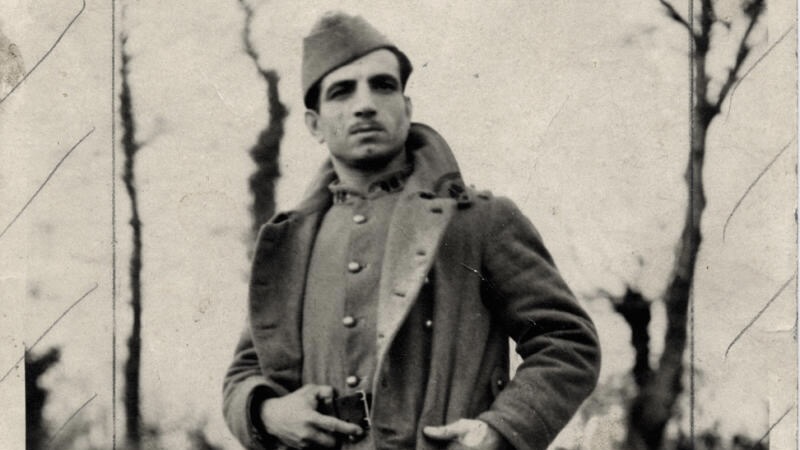“Death does not dazzle the eyes of the Partisans,” wrote Louis Aragon in his poem Strophes pour se souvenir (Stanzas in Remembrance) in 1955 in memory of the Manouchian group, resistance fighters shot by the Gestapo in 1944. The poem, said to be loosely inspired by the last letter that Missak Manouchian wrote to his wife Mélinée, is an apt homage as France commemorates the sacrifices of Manouchian and his comrades.
On February 21, in a historic ceremony, the French government entombed Armenia-born French resistance fighter Manouchian and Mélinée in the Panthéon, the mausoleum in Paris housing France’s national heroes. The ceremony was held on the 80th anniversary of the execution of communist fighter Manouchian and 21 of his comrades by Nazi German firing squad at Fort Mont-Valérien near Paris in 1944.
French president Emmanuel Macron and Armenian president Nikol Pashinyan attended the Pantheonization ceremony, while leaders of the French Communist Party (PCF), Mouvement Jeunes Communistes de France (MJCF), and the General Confederation of Labor (CGT) paid tributes to Manouchian, who is now the first foreign resistance fighter and the first communist interred at the Panthéon.
Missak Manouchian was an Armenian poet, a communist, and a survivor of the 1915-16 Armenian genocide. In the 1920s, from an orphanage in Lebanon, he moved to France and eventually became a member of the CGT and the French Communist Party (PCF). Manouchian became the leader of the Relief Committee for Armenia (HOC), an organization associated with the Immigrant Workforce Movement (MOI).
He wrote poems, translated popular French works into Armenian, and published communist-leaning magazines. During the Second World War, Mounchian was persecuted by the occupying Nazi forces and French collaborators. He became active in the French resistance to the Nazi occupation and became the leader of the partisan group Francs-tireurs et partisans – main-d’œuvre immigrée (FTP-MOI) mainly composed of immigrant workers in 1943.
Manouchian’s group carried out several operations against Nazi forces in France. He and his comrades were arrested by the collaborationist French police in November 1943, tortured, and handed over to the Gestapo. Following a show trial, Manouchian and 21 of his comrades were executed on February 21, 1944. Another FTP-MOI member, Olga Bancic, was deported and killed in Stuttgart.
The heroics and sacrifice of Manouchian and his brigades was celebrated not only in France and Armenia but also across the erstwhile Soviet Union and other parts of Europe. Manouchian’s story was depicted in many works of art, including cinemas, documentaries, novels, and poems, while several streets, buildings, and parks in France and Armenia were dedicated to him.
A popular campaign launched by several politicians, trade unionists, and progressive groups in 2022, called to move Manouchian’s ashes from the Parisian cemetery of Ivry-sur-Seine to the Panthéon, alongside the remains of other French national heroes. The names of all the Manouchian’s comrades shot along with him were also engraved in the vault in which he and Mélinée are interred at the Panthéon.
On February 21, Assan Lakehoule from the MJCF stated “that the role of communists and foreigners in the resistance and the nation is now recognized.”
The French Communist Party (PCF) stated that “Missak and Mélinée Manouchian entered the Panthéon and with them all those who fought against fascism for their ideals of peace and justice, all those French-hearted who made our Nation live.”





